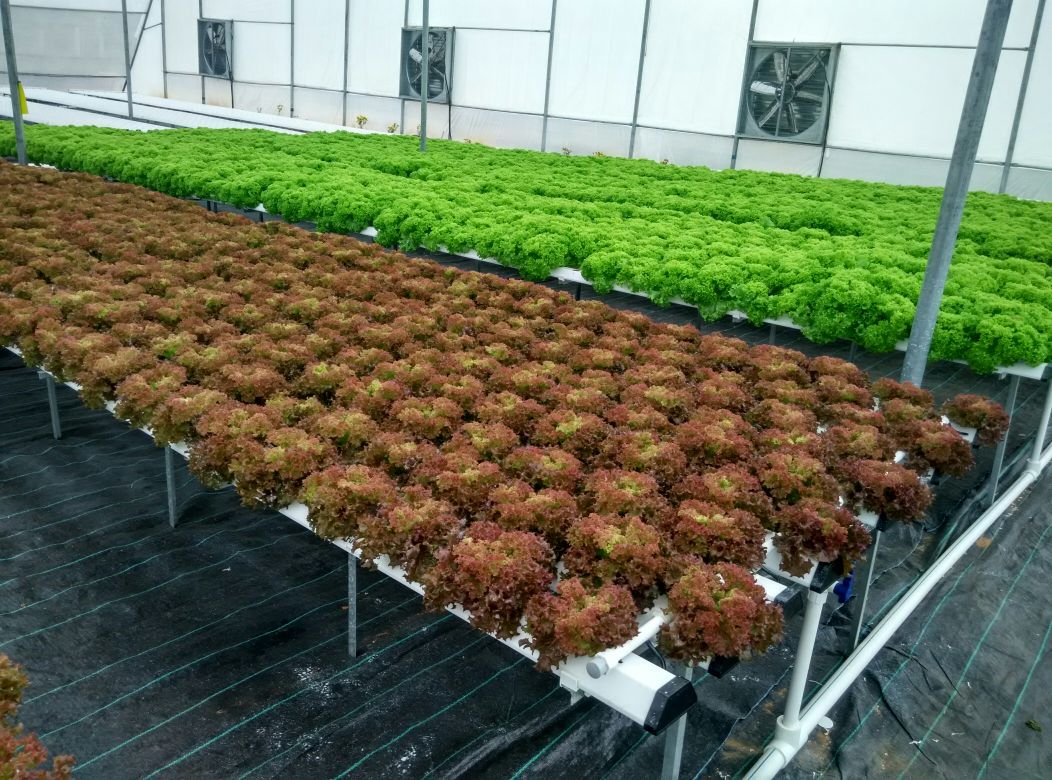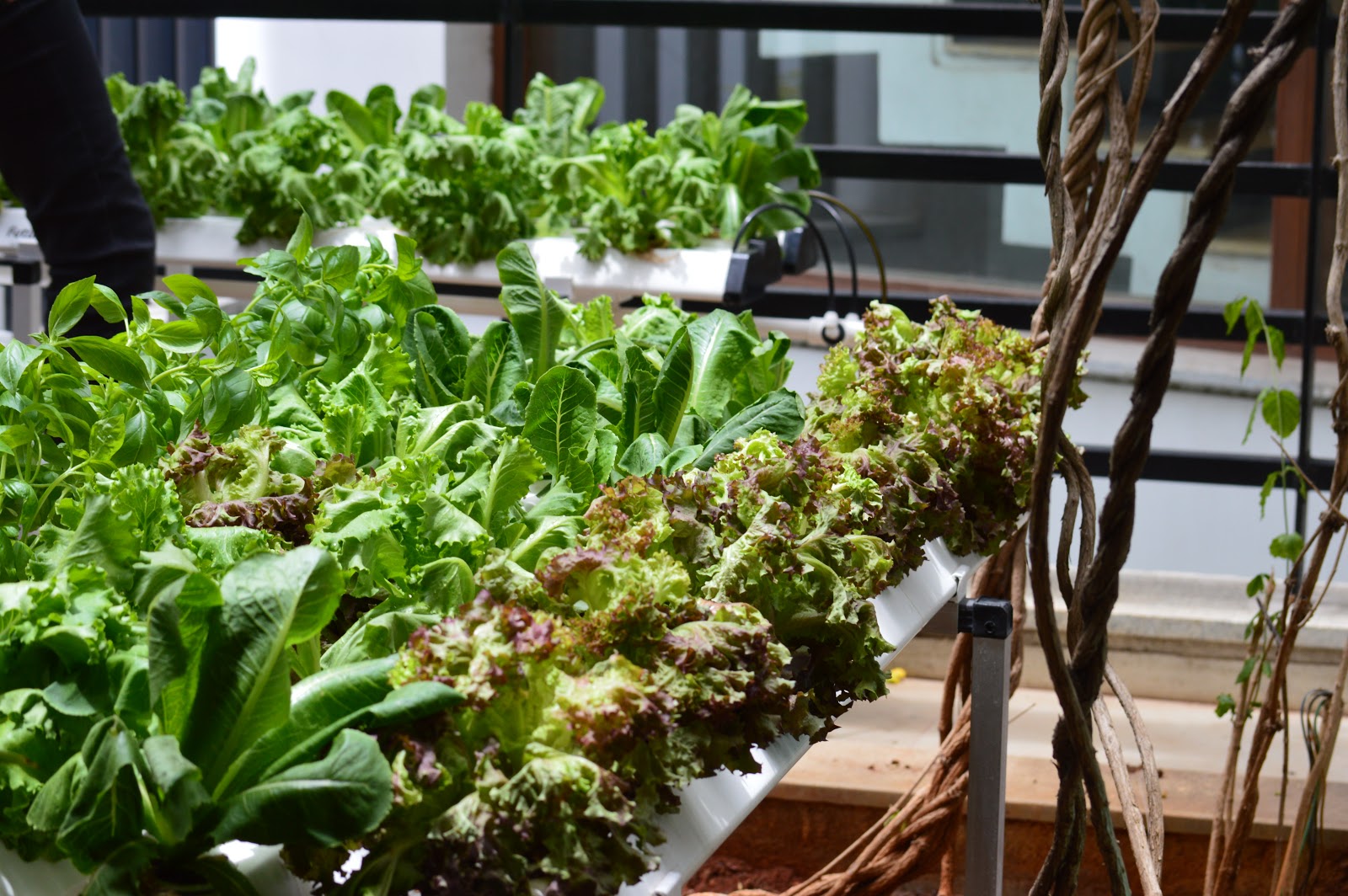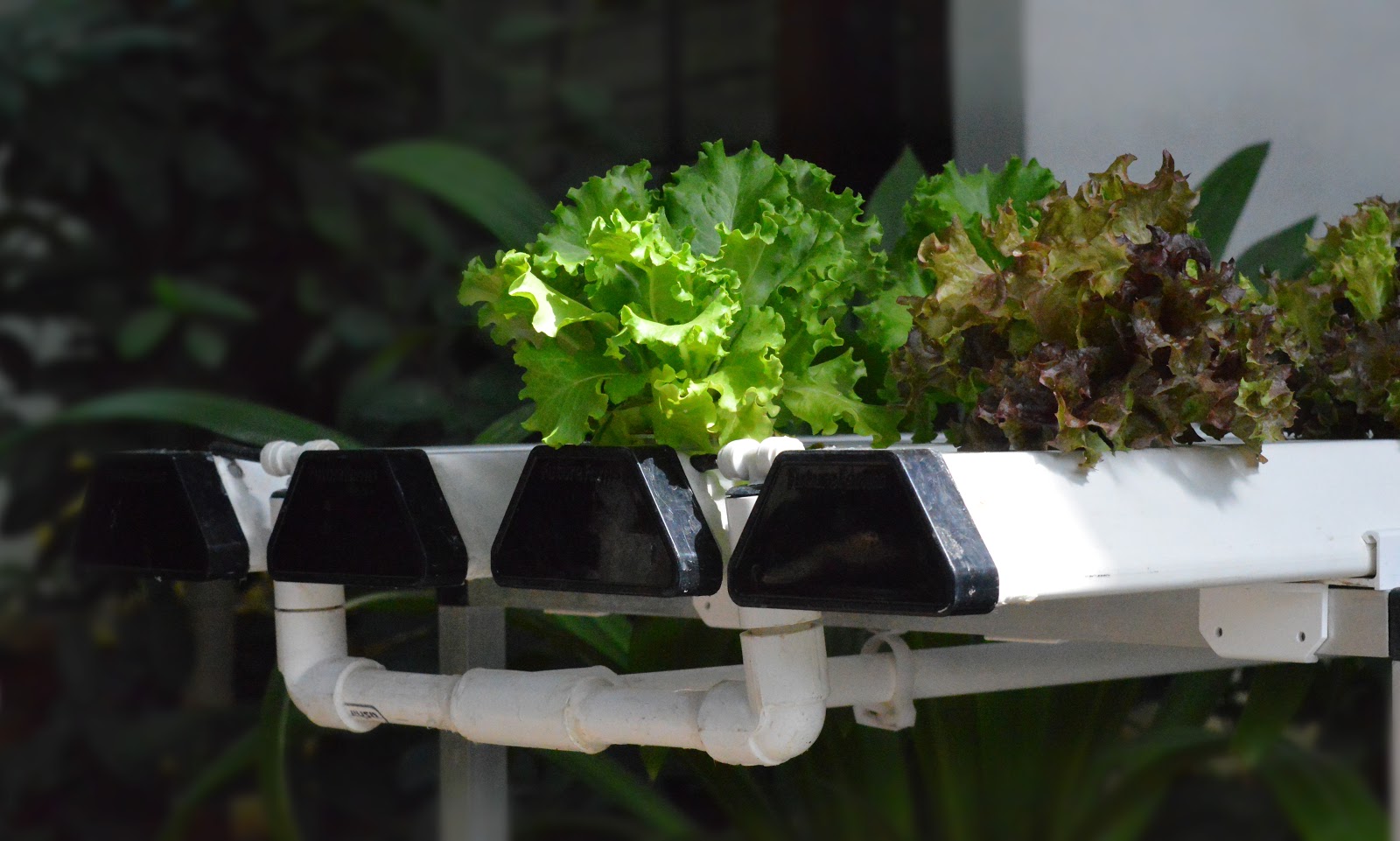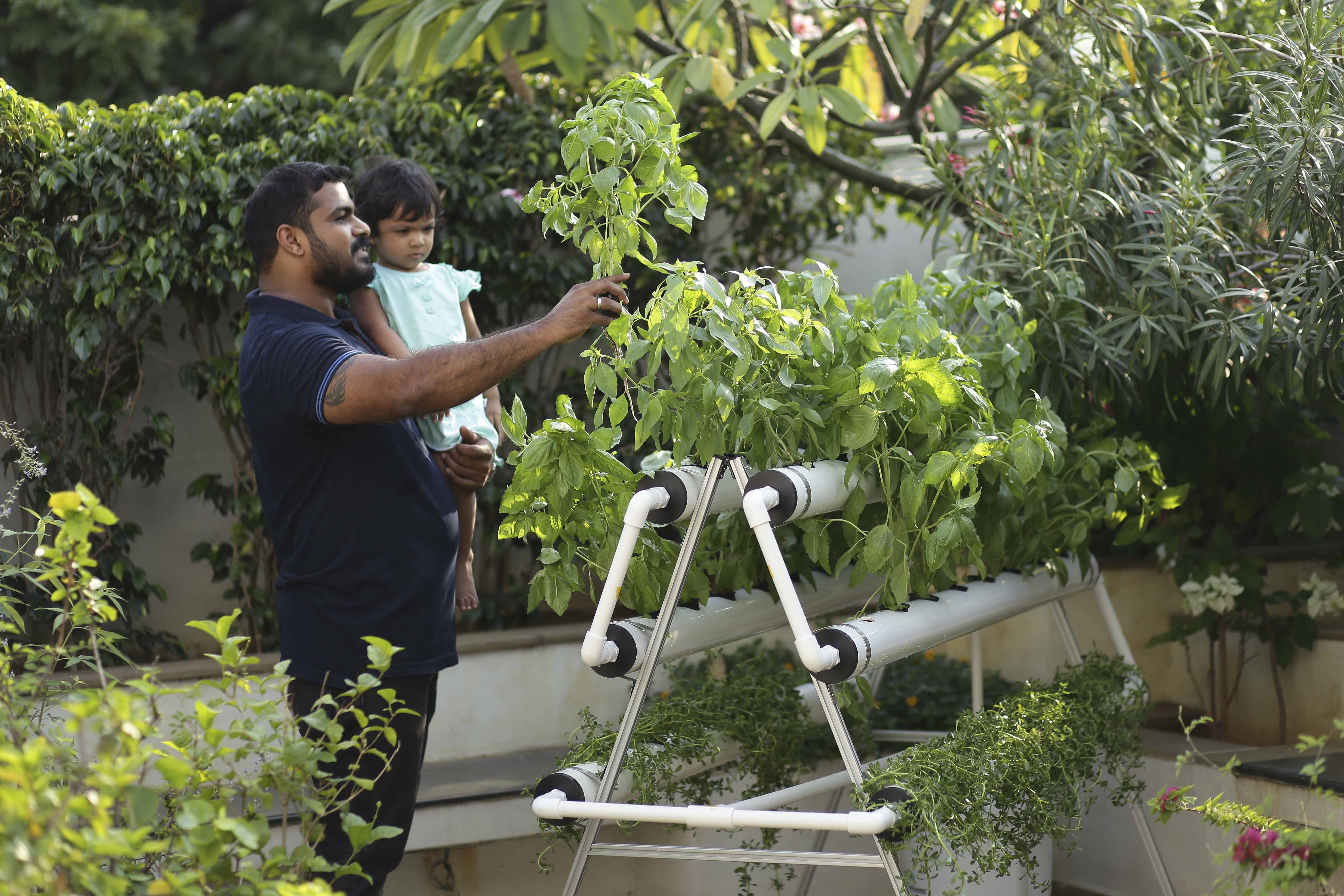
Hydroponics – The Profitable way of Growing
Hydroponics – The Profitable way of Growing
Let’s make one thing clear: Hydroponic farming at home can become expensive if improvements are not made continually to achieve greater production efficiency.
For hydroponic farming to be profitable, close attention must be paid to the hydroponic equipment, crop management, and water-use efficiency. The good news is that most home hydroponic growers can improve these aspects of production without extensive capital outlay. Water availability is a concern for the undercover farming industry worldwide, and it would be advisable for farmers to implement suitable water management strategies as soon as possible.
Water recirculating systems are cost-effective and efficient, and any such hydroponic equipment or system can reduce water use in a home growing set up, as well as cut fertilizer bills by between 30% and 40%. Studies that showed that recirculation lowered water use to the extent that only 14l of water were required to grow 1kg of tomatoes, for example.
Regular plant maintenance, such as pruning and trellising, extends the productive life of a crop. Growers sometimes neglect this step, and this has a negative impact on the bottom line.
Greens such as lettuce, spinach, Swiss chard, and kale, Herbs such as basil, parsley, oregano, cilantro and mint
For optimized home growing, a modest investment in the right equipment, such as knives for de-leafing, will optimize the number of hours that workers dedicate to plant maintenance. Equipment should also be stored in the same place to avoid delays; searching for tools wastes production time.
No matter how you look at it, hydroponic growing looks more and more like the way of the future – not only environmentally-friendly but more economical than traditional methods for better and more consistent results. And best of all, new and affordable hydroponic systems make hydroponic growing open to any and all willing to give it a go, and many of those who make the switch find the benefits and long-term profitability far outweigh the cost to get started.




